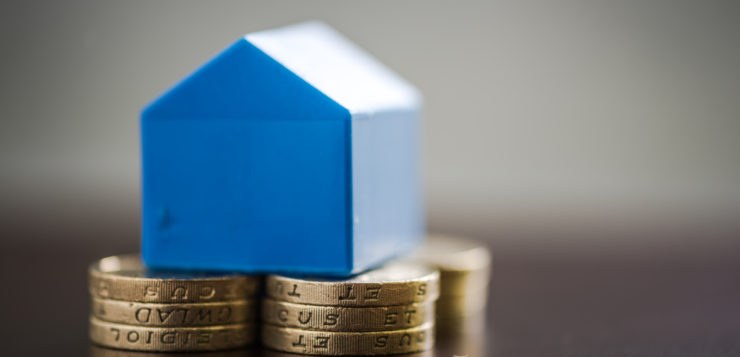Whilst you’re no Greenpeace activist it doesn’t half annoy you to come home and find your flat mates have left all the lights on for the ten-thousandth time. That said, there’s an environmentalist and an economist in all of us, and this article is designed to appeal to both of these parts in equal measure. Let’s take a trip round each part of your house and think about different ways of conserving energy in the home, whether your aim is to save cash, your conscience, or both. Once we’ve thought about all these different ways of saving your pennies (and the planet) you can get on with thinking about how to spend your hard-earned savings!
General tips for around the home
First of all, let’s begin with some more general energy saving tips to observe in the home. It’s been said many times before, but for good reason: energy saving lightbulbs. Energy saving lightbulbs can save you up to up to 70 UK pounds over the lifetime of the bulb (multiplied by the number of bulbs in your home).
A second general energy saving tip around the home, following on from those all-important energy saving lightbulbs is, as alluded to above, to turn off all lights and appliances when leaving a room. The myth that once used to abound with lights and lightbulbs, that it actually required more energy to turn off a lightbulb and turn it back on again, has been destroyed by the advent and development of energy-saving lightbulbs. It is important however to state that with energy-saving lightbulbs the rule is slightly different; if you are leaving a room for less than 15 minutes leave it on, any longer than that, turn it off.

Waste not, want not in the kitchen
Enough about energy-saving lightbulbs for now though, let us turn our attention to energy-saving in the kitchen. You may have seen one of the many recent high-profile articles of households in the UK who have reduced food waste to just one plastic bag a year. Whilst no-one’s suggesting you go the whole hog like they did, such examples do just go to show. For starters, why not turn compostables into healthy garden compost to grow your own, both are effective ways of energy-saving and even more effective ways of keeping people fed at the table.
Elsewhere in the kitchen, freezers and refrigerators are an obvious source of energy drain. Make sure to regularly throw out moldy food and remove food from its packaging where possible so as not to refrigerate unnecessary material. Similarly, defrost your freezer regularly so as not to make it work harder than necessary to freeze your food, it’s an unnecessary waste of energy and could cost you up to an additional 100 or 200 UK pounds per year on your energy bill.
The last of the inefficient energy culprits in the kitchen is the kettle. Only put in as much water as you and your flat mates need for your next cuppa and try not to boil the kettle more than once for one round of brews. Recent estimates have suggested that three-quarters of UK households are overfilling their kettles and wasting 68 million UK pounds a year in the process.

Saving energy with a splash (or a shower)!
The bathroom is an obvious place to make an energy-saving impact in the home. First up, despite the fact it’s been bounded about so often it’s almost become an old wives’ tale, it is scientifically proven that baths should be a thing of the past. Baths use up to twice the amount of a water compared to a ten-minute shower which has a low-flow showerhead installed. Likewise, when shaving or brushing your teeth it’s surprising how much water you could be wasting if you leave the tap running, for example. These are just two simple and effective ways of saving energy whilst keeping yourself clean and sweet-smelling.
After all that, you’ve done your bit and it’s time for you to enjoy spending all those hard earned savings. But it wasn’t really that hard, was it? Bear these simple tips in mind and you’ll realise that saving tips for (lowering) costs and (raising) conscience, have never been simpler






